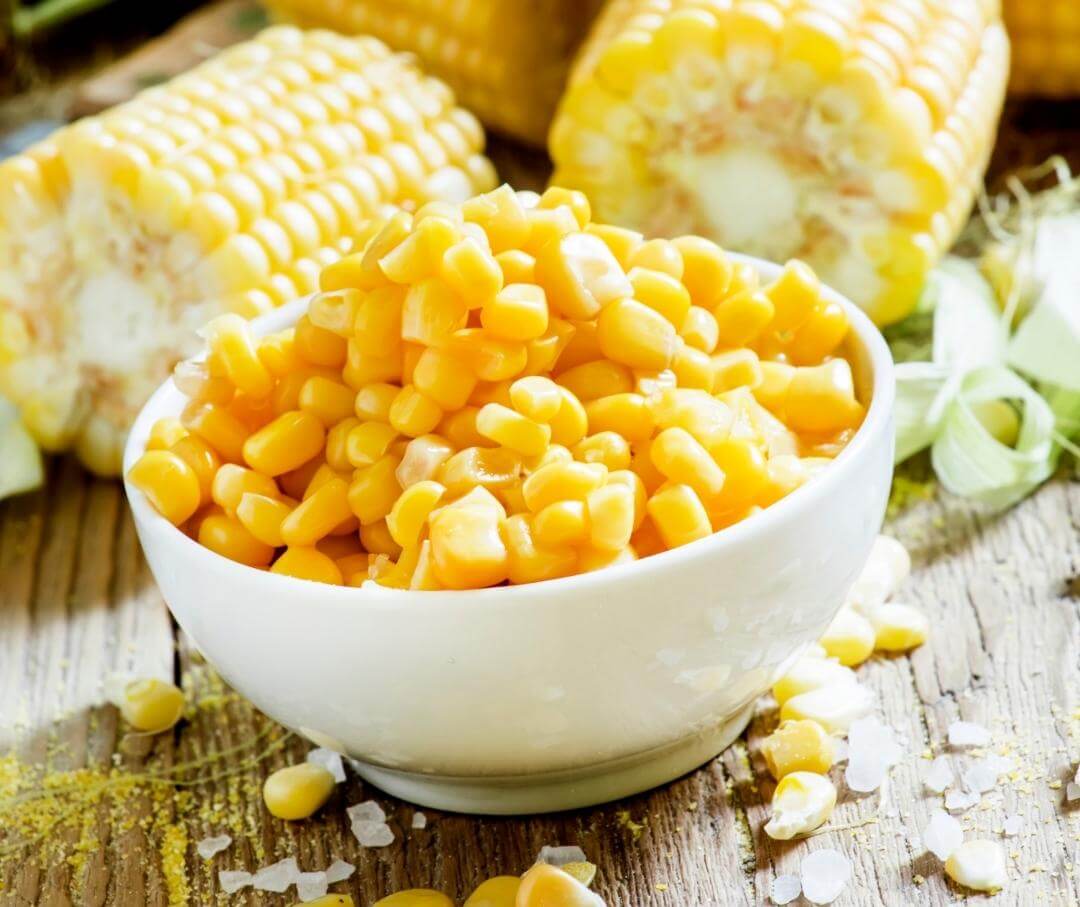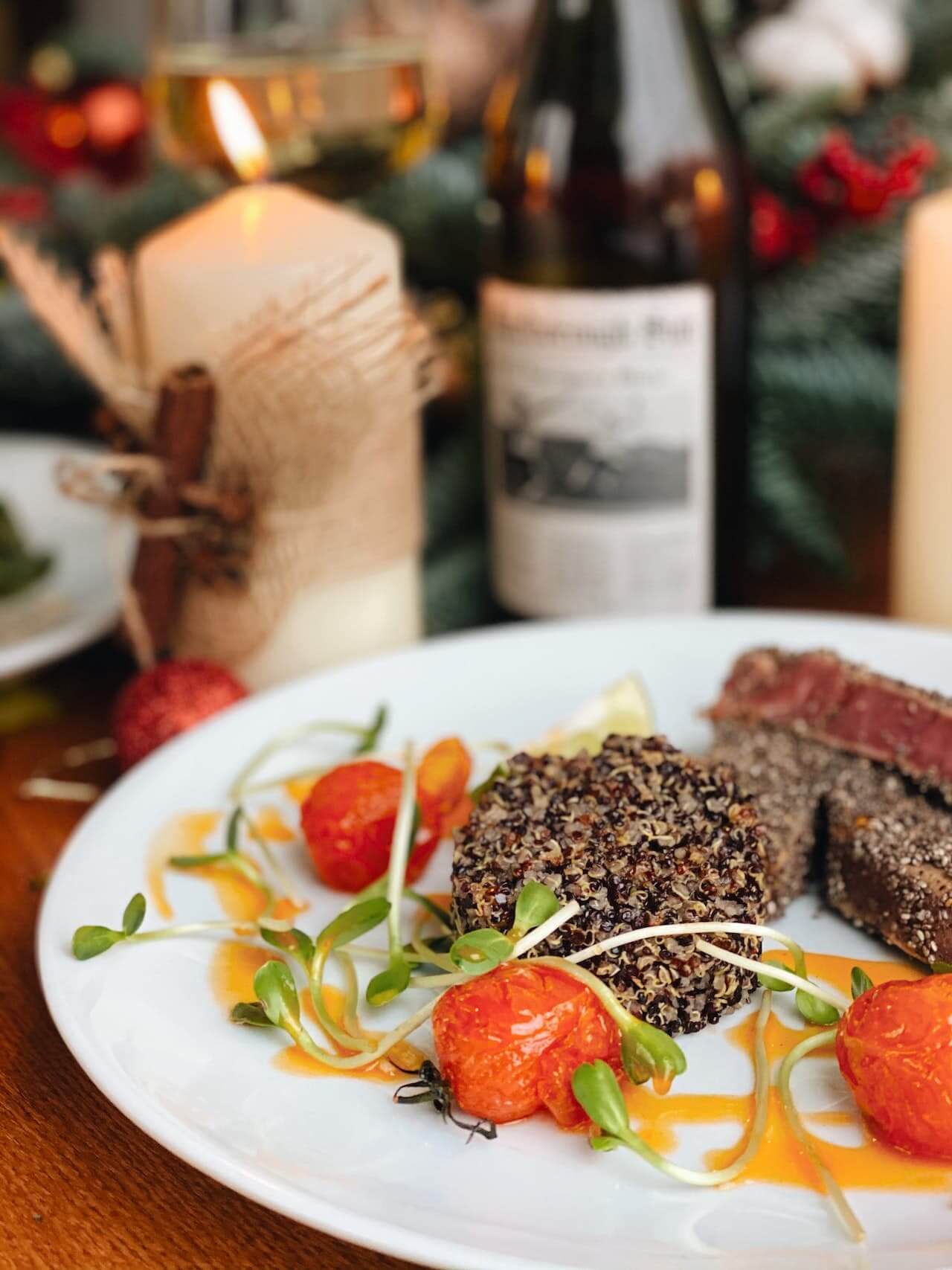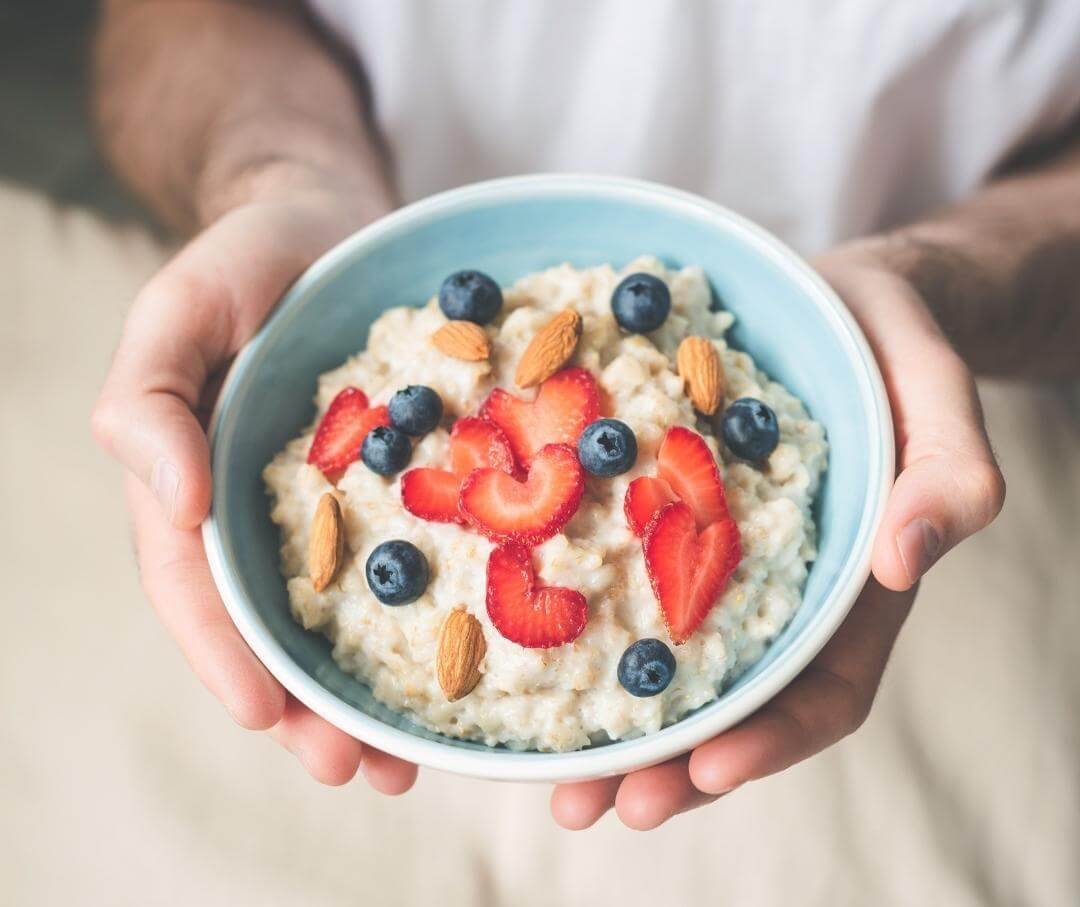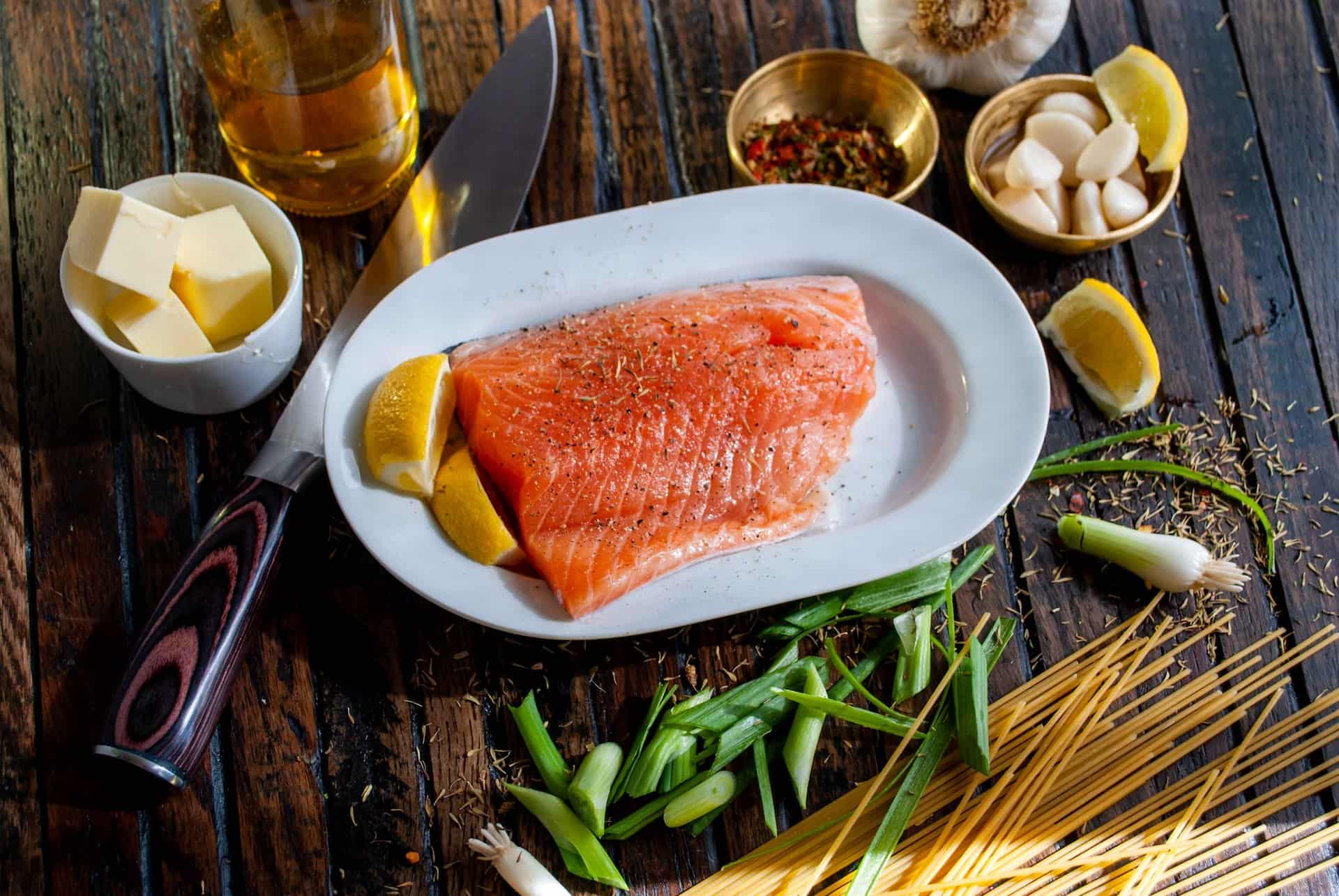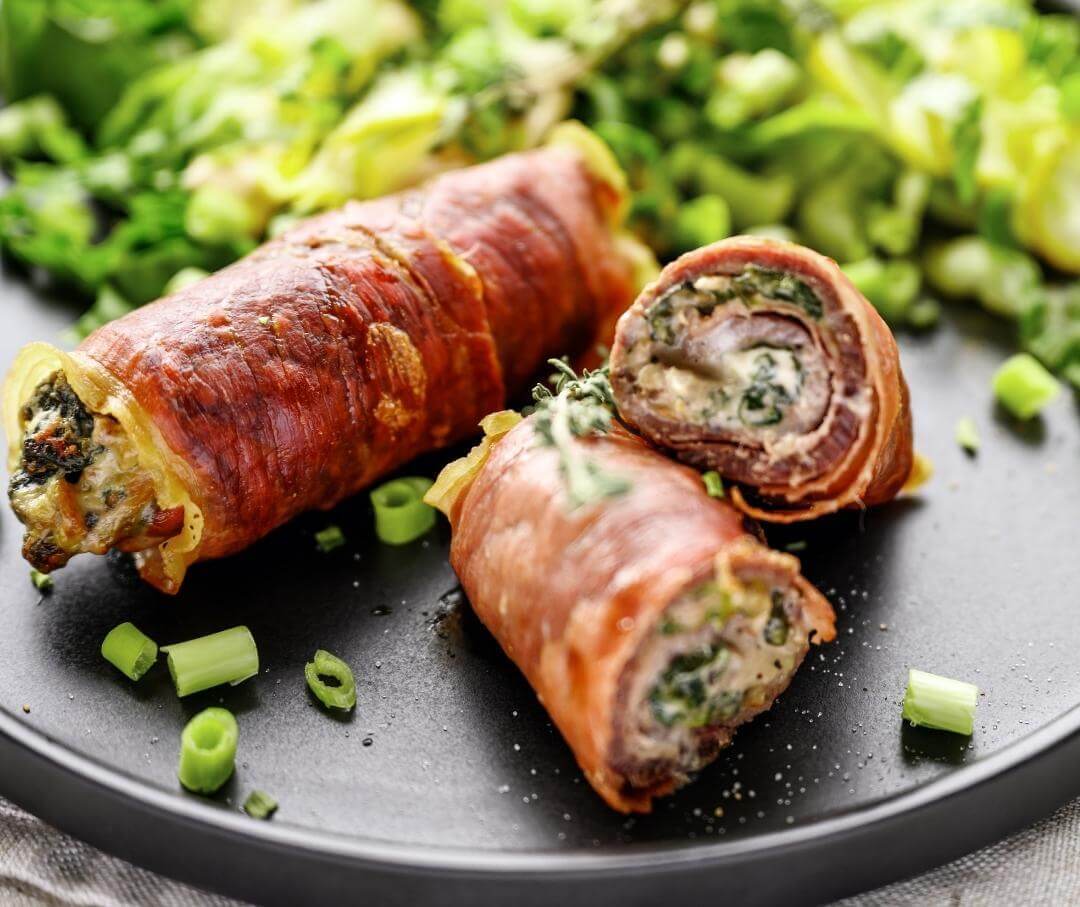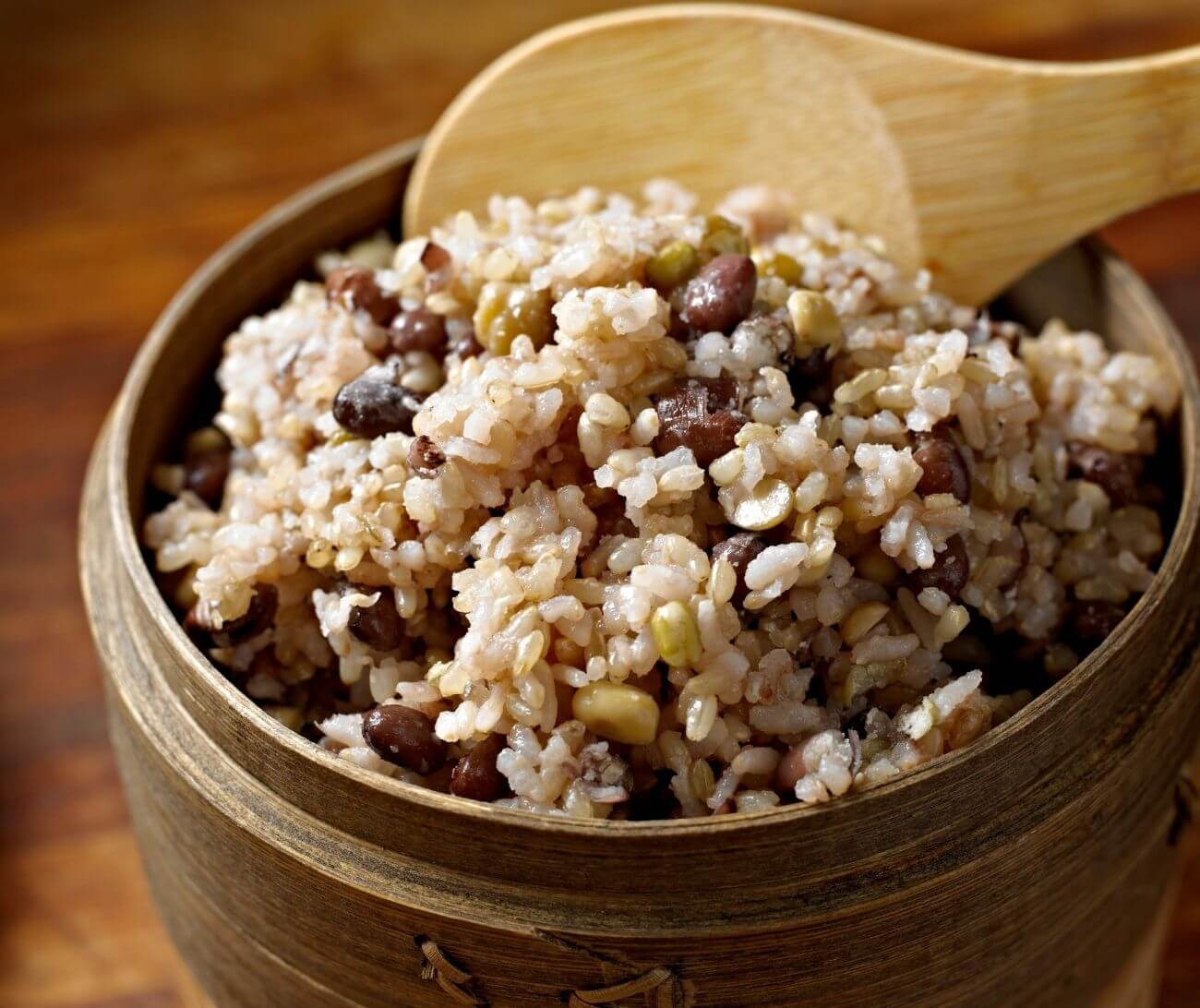Quinoa is a small white and fluffy pseudo-cereal in many grain bowls and other recipes. Even though it’s classified as a whole grain, it’s a seed.1 This nutrient-dense superfood has similar characteristics to other whole grains and can be easily swapped out for them. But because it’s higher in other nutrients, like protein and fiber, it gives you more bang for your buck when compared to other grains with a similar carb content.
Did we mention it’s also gluten-free? So, even friends and family who are intolerant to gluten (including those who live with celiac disease) can dig into this plant-based grain without fear of repercussions.
There are different colored quinoa varieties:
- White quinoa (most popular)
- Red quinoa
- Black quinoa
White quinoa offers a rich, nutty flavor that blends easily with dishes. Red and black quinoa taste more bitter than white and are chewier and tougher. The colored varieties are better options for salads.
{{mid-cta}}
Nutritional Profile of Quinoa
Quinoa boasts a well-rounded nutrition profile and provides many health benefits. Cooked quinoa can be added to salads, bean-based chilis, and soups. It is a great substitute for other common carbohydrates that offer less nutrient diversity per bite (like white potato, white rice, and white pasta).
Macro and Micronutrients in Quinoa
Three macronutrients exist in our foods: fats, proteins, and carbohydrates. All macronutrients have calories (energy) that your body needs to function. But they are also unique because they provide different vitamins and minerals that our bodies need.
One cup of cooked quinoa contains:2
- Calories: 222 kcal
- Protein: 8g
- Fat: 3.5g
- Carbohydrate: 39g
- Fiber: 5g
- Sugar: 1.6g
The range of vitamins and minerals changes in different foods. They are non-caloric and are used for cell signaling, immune function, and helping your organs do their job.
Micronutrients include vitamins, minerals, and water. These nutrients must be replenished through your diet. They help with various physiological functions in your body, including immune function, cell signaling, hydration, and more.
One cup of cooked quinoa contains several micronutrients, including:2
- Iron: 2.76mg
- Magnesium: 118mg
- Selenium: 5.18µg
- Folate: 77.7µg
- Manganese: 1.17mg
- Zinc 2.02mg
- Phosphorus: 281mg
- Potassium: 318mg
- Small amounts of calcium, B3 (niacin), vitamin E, and omega-3 fatty acids
Iron and magnesium are both important elements that support your metabolism. People who are low in iron have a more difficult time losing weight; the same is true for people with low magnesium levels.4,5
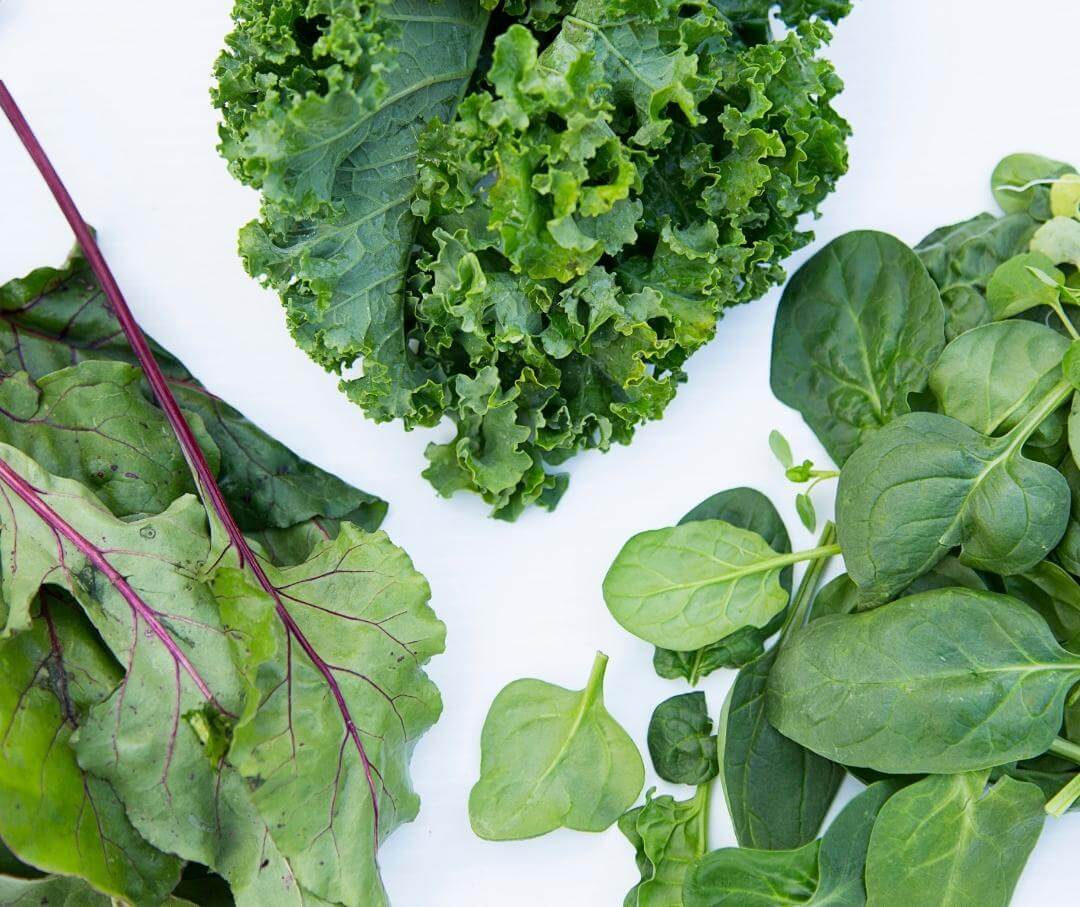
Is Quinoa a Carb or Protein Source?
Quinoa is considered a carbohydrate because it contains many carbs per serving.
Although it contains some protein, the macronutrient distribution is closer to what you find in other grains and starches.
Health Benefits of Quinoa
If you are trying to improve blood sugar levels and lose weight, incorporating this grain into your meals can help you reach these goals and allow you to reap the numerous health benefits of quinoa.
It Has More Protein than Most Grains
Per serving, quinoa outranks the protein content of rice and couscous and contains 8 grams of protein per cooked cup.7,8 Meeting your daily protein requirements can help you achieve your weight loss goals.9
Protein helps you feel satisfied at meals, which can decrease the chances of overeating and consuming excess calories.
Protein also helps to increase the energy expenditure of your metabolism, which in return helps with weight loss.10
It’s High in Fiber
Replacing refined grains with whole grain options, such as quinoa, can help with weight loss.12 Whole grains are naturally higher in fiber, which helps you feel satiated after your meal and reduces the chances of overeating unnecessary calories.
It Is High in Manganese
Manganese supports bone health, reduces inflammation, and reduces the risk of chronic disease because of its high antioxidant power. Quinoa contains high levels of manganese, allowing you to reap these benefits. Sufficient intake of manganese is also linked to lower abdominal obesity.
It Works Well with Plenty of Vegetables and Meats
Quinoa is a versatile grain, similar to rice, in that it pairs well with various vegetable and meat dishes. You can easily substitute quinoa for rice in almost any recipe. Quinoa provides a filling meal that increases satiety when combined with lean proteins and vegetables.
It’s Lower in Sugars
Whole grains are lower in sugars compared to refined grains. Reducing your sugar intake will help stabilize your blood sugars, maintain healthy insulin responses (high insulin levels can lead to weight gain), and reduce the chances of eating extra calories that can make it harder to lose weight.
It’s Low Calorie
Quinoa only contains 120 to 130 calories per ½ cup of cooked grain. This makes it a stellar option for those looking to watch their calorie intake.
Quinoa vs. Blood Sugar Levels
Quinoa has a low glycemic index rating of 53 and will not cause a large spike in blood sugar levels. This lower glycemic index rating is due to quinoa’s fiber and protein content, which slow digestion.
A study in rats on a high-fructose diet showed that eating quinoa significantly lowered blood cholesterol, triglycerides, and blood sugar levels, which are all linked to type 2 diabetes.14
One in-vitro study of human cells compared the effects of quinoa with traditional gluten-free products. Quinoa lowered both blood triglycerides and free fatty acids and affected blood sugar levels less than gluten-free pasta, gluten-free bread, and traditional bread.15
How Does Quinoa's GI Compare to Similar Carbs?
Here are the approximate GI scores of other similar carbs:
- White rice: 73
- Barley: 28
- Couscous: 65
- Rolled oats: 55
- Millet: 67
Aside from barley, quinoa has a lower GI score than other popular grains. It can increase your blood sugar but not as rapidly as other carbs.
This is great news. Changes and increases in your blood sugar are inevitable, but eating foods that help you slow down the rate of change in blood sugar makes it easier to manage.
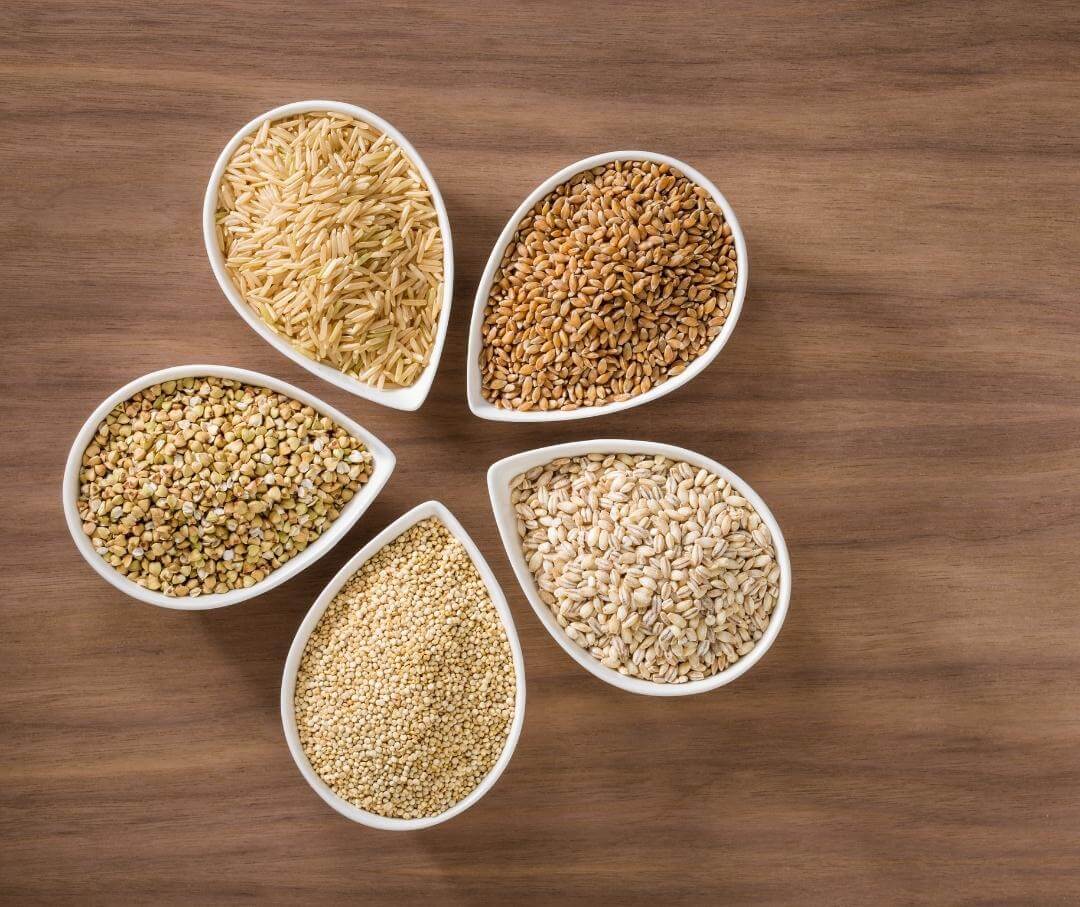
How to Eat Quinoa and Include It in Your Diet
Quinoa can be eaten in several ways and easily fits anyone’s eating style. Here are some ways to include quinoa in your meals:
- Prepare quinoa similar to oatmeal by cooking the quinoa in milk or water. Add in diced fruit and crushed nuts.
- Substitute in place of rice in stir-fries
- Add quinoa to salads or soups for more heartiness
- Replace pasta with quinoa
How much quinoa should you eat for weight loss?
A 2017 study found that consuming 50g of quinoa a day may lower triglycerides in obese individuals and reduce the occurrence of metabolic syndrome, a group of conditions that can increase the risk of heart disease, stroke, and diabetes.13
How should you time your quinoa intake?
Any time of day is great for quinoa. However, whenever you eat a high-carb item, you should pair it with protein, fiber, or healthy fats to slow down the digestion of that food. This will help slow down how quickly sugars from the quinoa enter your bloodstream.
Can you eat quinoa daily?
You can certainly eat quinoa daily. A Harvard Public School of Health study concluded that eating a bowl of quinoa daily is healthy without side effects.
A Mediterranean-Inspired Quinoa Recipe
One of the most popular ways to eat more quinoa is in a salad. Making it in bulk and having it for the week is easy. Try this Mediterranean-inspired quinoa salad:
- Boil water and add 1 cup of uncooked quinoa; follow the box for time instructions.
- While the quinoa is cooking, dice ½ cucumber, one red bell pepper, ½ red onion, two tomatoes, ⅓ cup fresh basil leaves, and your favorite olives, and garnish with 2 tbsp of Feta cheese.
- Whisk your dressing: 2 tbsp lemon juice, 1 tbsp red wine vinegar, ⅓ cup of olive oil, 1 tbsp Dijon mustard, one crushed garlic clove, ½ tsp dried oregano.
- Add the cooked quinoa, vegetables, and dressing to a salad bowl and mix until well combined.
You can store this salad in the fridge for up to five days.
Quinoa and Weight Loss: Final Takeaways
Quinoa is technically a seed, but it is classified as a whole grain because of its nutritional characteristics.
Compared to other popular carbs, such as corn or rice, quinoa has more protein and fiber. These nutrients can help you lose weight and are critical for weight loss and weight maintenance.
Quinoa has a lower GI score and is expected to have less impact on your blood sugars than other similar carbs. It also can lower blood pressure and cholesterol, reducing the risk of cardiovascular diseases.
You must cook quinoa before eating it. After it is cooked, you can use it for warm salads and side dishes or serve it as a hot breakfast cereal. Get creative with your toppings and try to include a protein or healthy fat to decrease the glycemic impact of the grain further.
- Item 1
- Item 2
- item 3
Topics discussed in this article:
References
- Filho, A. M., Pirozi, M. R., Borges, J. T., Pinheiro Sant'Ana, H. M., Chaves, J. B., & Coimbra, J. S. (2017). Quinoa: Nutritional, functional, and antinutritional aspects. Critical reviews in food science and nutrition, 57(8), 1618–1630. https://doi.org/10.1080/10408398.2014.1001811
- US Department of Agriculture. (2019b, January). FoodData Central. Quinoa, Cooked. Retrieved August 2022, from https://fdc.nal.usda.gov/fdc-app.html#/food-details/168917/nutrients
- Polley, K. R., Miller, M. K., Johnson, M., Vaughan, R., Paton, C. M., & Cooper, J. A. (2018). Metabolic responses to high-fat diets rich in MUFA v. PUFA. The British journal of nutrition, 120(1), 13–22. https://doi.org/10.1017/S0007114518001332
- Aktas, G., Alcelik, A., Yalcin, A., Karacay, S., Kurt, S., Akduman, M., & Savli, H. (2014). Treatment of iron deficiency anemia induces weight loss and improves metabolic parameters. La Clinica terapeutica, 165(2), e87–e89. https://doi.org/10.7471/CT.2014.1688
- Askari, M., Mozaffari, H., Jafari, A., Ghanbari, M., & Darooghegi Mofrad, M. (2021). The effects of magnesium supplementation on obesity measures in adults: a systematic review and dose-response meta-analysis of randomized controlled trials. Critical reviews in food science and nutrition, 61(17), 2921–2937. https://doi.org/10.1080/10408398.2020.1790498
- Teucher, B., Olivares, M., & Cori, H. (2004). Enhancers of iron absorption: ascorbic acid and other organic acids. International journal for vitamin and nutrition research. Internationale Zeitschrift fur Vitamin- und Ernahrungsforschung. Journal international de vitaminologie et de nutrition, 74(6), 403–419. https://doi.org/10.1024/0300-9831.74.6.403
- US Department of Agriculture. (2020, January). FoodData Central. White Rice, Unenriched. Retrieved August 2022, from https://fdc.nal.usda.gov/fdc-app.html#/food-details/790214/nutrients
- US Department of Agriculture. (2019, January). FoodData Central. Couscous, Cooked. Retrieved August 2022, from https://fdc.nal.usda.gov/fdc-app.html#/food-details/169700/nutrients
- Westerterp-Plantenga, M. S., Lemmens, S. G., & Westerterp, K. R. (2012). Dietary protein - its role in satiety, energetics, weight loss and health. The British journal of nutrition, 108 Suppl 2, S105–S112. https://doi.org/10.1017/S0007114512002589
- Pesta, D. H., & Samuel, V. T. (2014). A high-protein diet for reducing body fat: mechanisms and possible caveats. Nutrition & metabolism, 11(1), 53. https://doi.org/10.1186/1743-7075-11-53
- Sanders, L. M., Zhu, Y., Wilcox, M. L., Koecher, K., & Maki, K. C. (2021). Effects of Whole Grain Intake, Compared with Refined Grain, on Appetite and Energy Intake: A Systematic Review and Meta-Analysis. Advances in nutrition (Bethesda, Md.), 12(4), 1177–1195. https://doi.org/10.1093/advances/nmaa178
- McKeown, N. M., Troy, L. M., Jacques, P. F., Hoffmann, U., O'Donnell, C. J., & Fox, C. S. (2010). Whole- and refined-grain intakes are differentially associated with abdominal visceral and subcutaneous adiposity in healthy adults: the Framingham Heart Study. The American journal of clinical nutrition, 92(5), 1165–1171. https://doi.org/10.3945/ajcn.2009.29106
- Navarro-Perez, D., Radcliffe, J., Tierney, A., & Jois, M. (2017). Quinoa Seed Lowers Serum Triglycerides in Overweight and Obese Subjects: A Dose-Response Randomized Controlled Clinical Trial. Current developments in nutrition, 1(9), e001321. https://doi.org/10.3945/cdn.117.001321
- Paśko, P., Zagrodzki, P., Bartoń, H., Chłopicka, J., & Gorinstein, S. (2010). Effect of quinoa seeds (Chenopodium quinoa) in diet on some biochemical parameters and essential elements in blood of high fructose-fed rats. Plant foods for human nutrition (Dordrecht, Netherlands), 65(4), 333–338. https://doi.org/10.1007/s11130-010-0197-x
- Berti, C., Riso, P., Monti, L. D., & Porrini, M. (2004). In vitro starch digestibility and in vivo glucose response of gluten-free foods and their gluten counterparts. European journal of nutrition, 43(4), 198–204. https://doi.org/10.1007/s00394-004-0459-1

.jpg)


